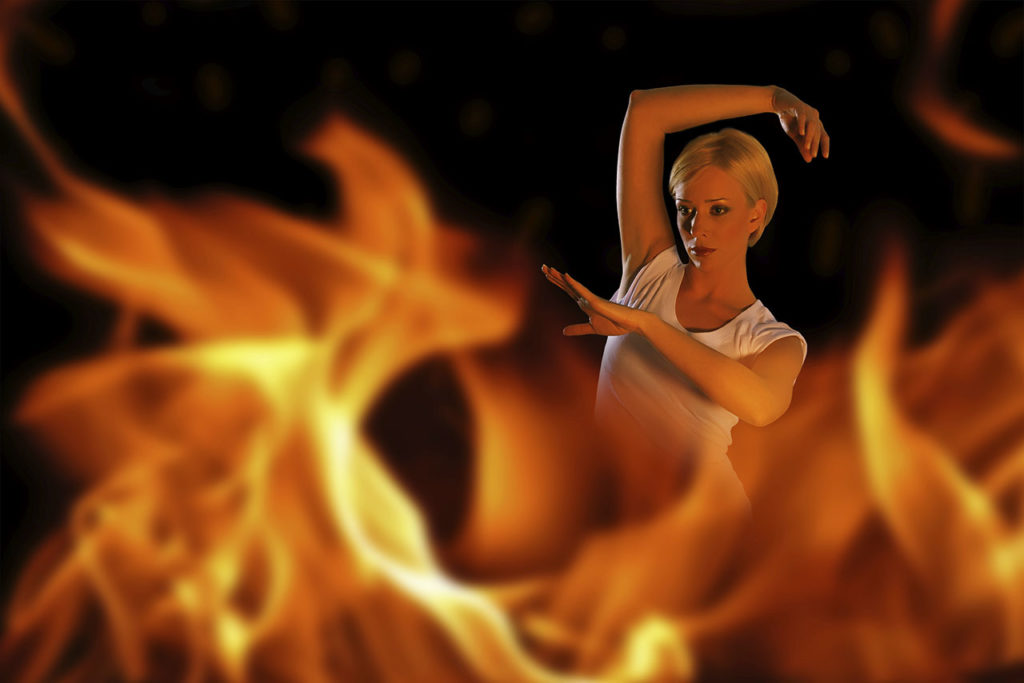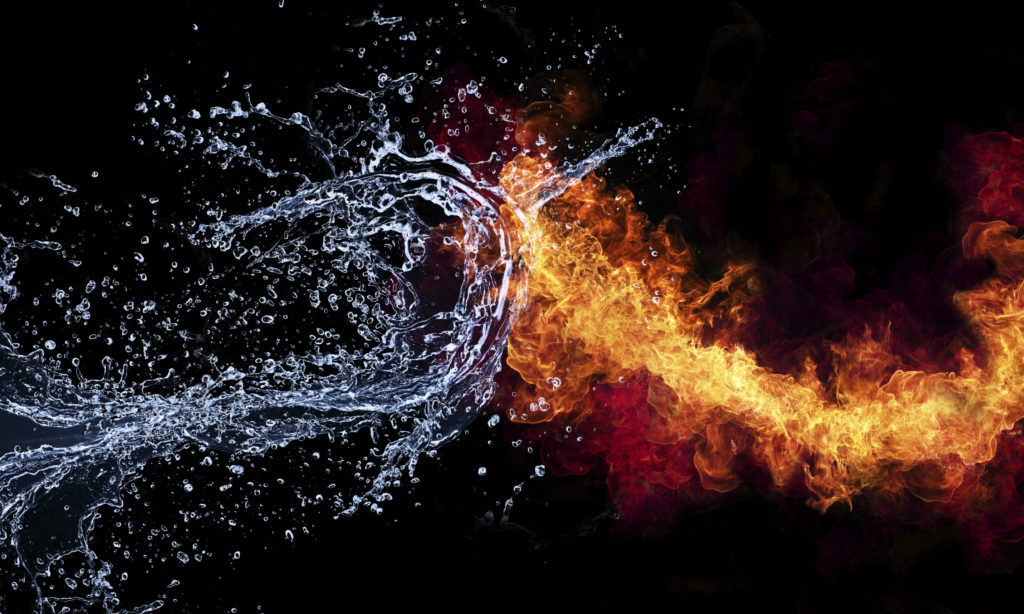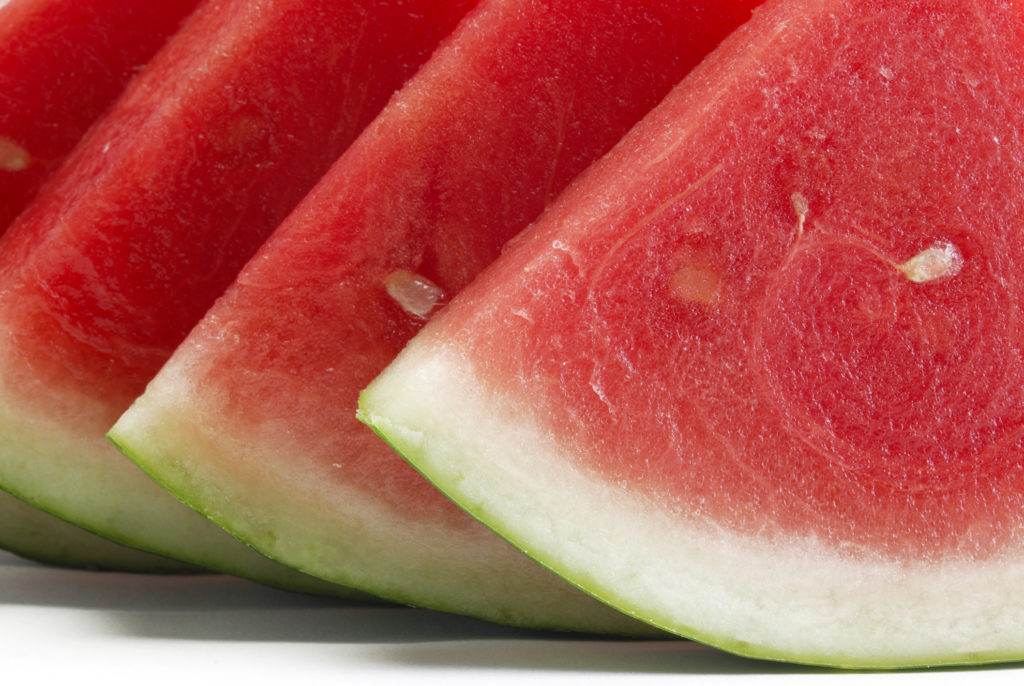
Hello Pitta’s! Yes it is that time of year…it is hot! All you want to do is sleep and eat? You make your errand list but your real goal is to get out, get it all done in one trip, and get back to the air conditioning. You are drinking tons of water but you can’t quench your thirst and a Michelob Ultra is starting to sound like an Ayurvedic cure (even if it is fire water?). Traffic seems worse and if one more person honks their horn for no reason, you may just have to…and there it is, the migraine!
Welcome to Pitta season. This season, represented by the fire and water elements, shows in nature as the time that bears fruit, a time of manifestation. Your lawn and shrubs are growing fast, flowers are in full bloom, kids grow faster, hair grows faster and the days are long with the sun rising early and setting late.
Pitta is a one of three dosha’s described in the ancient healing practice and philosophy of Ayurveda. Let’s back up a second and review the doshas. Ayurveda, the study of life, describes three dosha’s, Vata (air and ether elements), Kapha (water and earth elements) and Pitta (fire and water elements).

These doshas describe the seasons of the year. Vata season appears as soon as the leaves blow off the trees in the fall and continues through the cold winter. Kapha season is when trees begin to bud and things come back alive and begin to grow, when the spring rains are still cold. Pitta is the fruiting season, it’s hot and the rains are warm. Now staying with the elements, all three doshas are present in every person in varying degrees. If you have more air and ether elements in your makeup, you would be considered a Vata; water and earth would make you Kapha and fire and water being dominant makes you Pitta. To learn more about the doshas check out my previous blogs:
And remember you can be a combination of two or all three. Whatever combination you are born with determines your balance. As long as the elements stay to their original distribution, you stay balanced, but if they stray from the original mix, pain and suffering will appear. If this occurs, your original makeup, also known as prakruti doesn’t change. You would however be considered to have an imbalance (i.e. a Pitta imbalance if too much fire element is found in the body).
Now if you know you are Vata or Kapha and are getting ready to ditch this blog, not so fast. We know that each person has their own specific elemental makeup and that even the seasons have their own elemental makeup, but here is something you may not know, times of your life also have their own elemental makeups.

From the time you are born until the time you go through puberty, you are in the Kapha stage of life; from puberty to menopause, you are in the Pitta stage of life (I know you won’t leave now), and as the picture illustrates, you are raising a family, manifesting a career, starting your own business, getting a higher level of education; you are making things happen; and from menopause until death you are in the Vata stage of life.
In Ayurveda it is believed that like increases like. All this means is that during the seasons that are dominant for your dosha (summer for Pitta) and those times of your life (puberty to menopause for Pitta), you may have a greater tendency to an imbalance in those elements (Fire and water for Pitta). If you are Kapha or Vata, this time of the season probably isn’t that bad, unless of course if you are in the Pitta stage of your life, then you too may experience some of the “Pitta” ailments (inflammation, ulcers, acid reflux, acne, rosecea, bleeding gums, bloodshot eyes, migraine headaches, etc.) more now you have at other times of the year. So specifically for this discussion, if you are Pitta these summer months can be a tough time of the year, but also if you are Pitta and in the Pitta stage of life, it can be ever harder.
Pitta can be described as hot, but some other descriptions are oily, sharp, light, spreading, and liquid. These qualities show up in every aspect of one’s lifestyle choices.
Let’s talk specifically about food. Eating foods with the above qualities will increase pitta. You don’t need that! The mixture of fire and water elements inside the body is calmed by decreasing internal heat, preventing inflammation, balancing the digestive fire, grounding the body, and by absorbing excess liquid and oil. Eat foods that are dry, mild, cooling, grounding, stabilizing and dense. That means a diet of fresh, whole foods (both cooked and raw) that are cooling, energizing, hearty, comparatively dry and high in carbohydrates. Yes, you can eat carbohydrates! yea!
Once you know the qualities of foods (and this theory also serves lifestyle, herbs, and yoga poses), you will be able to make better choices in calming and stabilizing these qualities in your body.

The Pitta appetite is ferocious (strong digestive system). While it is important not to overeat, it is imperative to eat all your meals. You know the saying, “I would kill for a piece of chocolate cake”–that saying came from a Pitta who had skipped a meal.
So let’s get specific diet-wise. Start by choosing cool over warm or hot when it comes to balancing Pitta. Eating foods that are cool in temperature or that have a cooling energetic is recommended.
- Raw foods tend to be naturally cooling and though usually not recommended because they are difficult to digest, Pitta is the one dosha that can handle them. Especially in the warmer months, eating a mixture of assorted raw fruits and vegetable is generally supportive.
- Most grains, milk, root vegetables, seeds and cooling oils such as coconut and sunflower oil are examples of foods that will offer the naturally sweet taste pittas need to balance.
- Drying or astringent foods like potatoes, corn, millet, pasta, oats, popcorn, beans, and most vegetables help keep Pittas liquid nature and tendency towards oiliness under control. Use moderate vs abundant amount ghee when cooking. Oily foods that have a heating nature are: eggs, olives, nuts, sour cream and hard cheeses. Pick the denser drier meal over the soupy, liquid meal.
- Apples, cucumbers, lime juice, and soft cheeses are better choices than sharp flavors found in pickles, pineapple, vinegar and sharp cheeses.
- Avoid hot dishes or foods that have a warming energetic, such as alcohol, caffeine, peppers and onions.
- Also avoid spices, as most are warming and will increase the overall heat in the body. Now Texans, before you secede from the union, we will talk about hot sauce here in a minute.
- Avoid caffeine, nicotine, and hard alcohol (fire water) as they are too sharp and will unbalance and overheat a Pitta. Better to choose a stable and sustainable source of energy.
On a personal note, when I went through menopause and began having what I guess would be considered hot flashes, I immediately gave up my occasional glass of wine. Who am I kidding? My frozen margarita’s, too! And also I quit eating meat at dinner (I knew my body had to increase its heat to metabolize the fibrous meat). This seemed to help a lot. It is worth a try–not sure if it will work for you.
Make sure your food is dense, grounding and nourishing over light and airy. Pitta’s lightness and heat need to be grounded not with heavy food, such as deep-fried foods, canned, ready-made meals and pastries (all of which lack life-force/prāna) but by food that offer sustenance-foods that offer solid, stabilizing sources of energy and adequate nourishment to the physical body.
Stay tuned for Part 2 where we will discuss “taste”.
Thanks for reading and stay cool!
